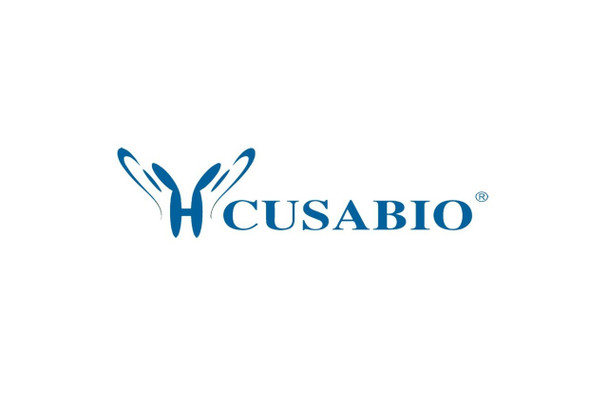Cusabio Arabidopsis thaliana Recombinants
Recombinant Arabidopsis thaliana NADPH-dependent oxidoreductase 2-alkenal reductase (AER) | CSB-EP654400DOAe1
- SKU:
- CSB-EP654400DOAe1
- Availability:
- 3 - 7 Working Days
Description
Recombinant Arabidopsis thaliana NADPH-dependent oxidoreductase 2-alkenal reductase (AER) | CSB-EP654400DOAe1 | Cusabio
Alternative Name(s): AER; P1; At5g16970; F2K13_120; NADPH-dependent oxidoreductase 2-alkenal reductase; AtAER; EC 1.3.1.-; EC 1.3.1.74; NADP-dependent alkenal double bond reductase P1; DBR1; NADPH-azodicarbonyl/quinone reductase; NADPH:2-alkenal/one alpha,beta-hydrogenase; ALH; P1-zeta-crystallin protein; P1-ZCr
Gene Names: AER
Research Areas: Others
Organism: Arabidopsis thaliana (Mouse-ear cress)
AA Sequence: MTATNKQVILKDYVSGFPTESDFDFTTTTVELRVPEGTNSVLVKNLYLSCDPYMRIRMGKPDPSTAALAQAYTPGQPIQGYGVSRIIESGHPDYKKGDLLWGIVAWEEYSVITPMTHAHFKIQHTDVPLSYYTGLLGMPGMTAYAGFYEVCSPKEGETVYVSAASGAVGQLVGQLAKMMGCYVVGSAGSKEKVDLLKTKFGFDDAFNYKEESDLTAALKRCFPNGIDIYFENVGGKMLDAVLVNMNMHGRIAVCGMISQYNLENQEGVHNLSNIIYKRIRIQGFVVSDFYDKYSKFLEFVLPHIREGKITYVEDVADGLEKAPEALVGLFHGKNVGKQVVVVARE
Source: E.coli
Tag Info: Tag-Free
Expression Region: 1-345aa
Sequence Info: Full Length
MW: 38.1 kDa
Purity: Greater than 90% as determined by SDS-PAGE.
Relevance: Catalyzes the reduction of the 7-8 double bond of phenylpropanal substrates, such as p-coumaryl aldehyde and coniferyl aldehyde (in vitro). Has activity towards toxic substrates, such as 4-hydroxy-(2E)-nonenal (in vitro). May play a distinct role in plant antioxidant defense and is possibly involved in NAD(P)/NAD(P)H homeostasis.
Reference: "Arabidopsis thaliana NADPH oxidoreductase homologs confer tolerance of yeasts toward the thiol-oxidizing drug diamide." Babiychuk E., Kushnir S., Belles-Boix E., van Montagu M., Inze D. J. Biol. Chem. 270:26224-26231(1995)
Storage: The shelf life is related to many factors, storage state, buffer ingredients, storage temperature and the stability of the protein itself. Generally, the shelf life of liquid form is 6 months at -20?/-80?. The shelf life of lyophilized form is 12 months at -20?/-80?.
Notes: Repeated freezing and thawing is not recommended. Store working aliquots at 4? for up to one week.
Function: Involved in the detoxification of reactive carbonyls
Involvement in disease:
Subcellular Location: Cytoplasm, Nucleus, nucleoplasm
Protein Families: NADP-dependent oxidoreductase L4BD family
Tissue Specificity: Expressed in leaves.
Paythway:
Form: Liquid or Lyophilized powder
Buffer: If the delivery form is liquid, the default storage buffer is Tris/PBS-based buffer, 5%-50% glycerol. If the delivery form is lyophilized powder, the buffer before lyophilization is Tris/PBS-based buffer, 6% Trehalose, pH 8.0.
Reconstitution: We recommend that this vial be briefly centrifuged prior to opening to bring the contents to the bottom. Please reconstitute protein in deionized sterile water to a concentration of 0.1-1.0 mg/mL.We recommend to add 5-50% of glycerol (final concentration) and aliquot for long-term storage at -20?/-80?. Our default final concentration of glycerol is 50%. Customers could use it as reference.
Uniprot ID: Q39172
HGNC Database Link: N/A
UniGene Database Link: UniGene
KEGG Database Link: KEGG
STRING Database Link: STRING
OMIM Database Link: N/A










